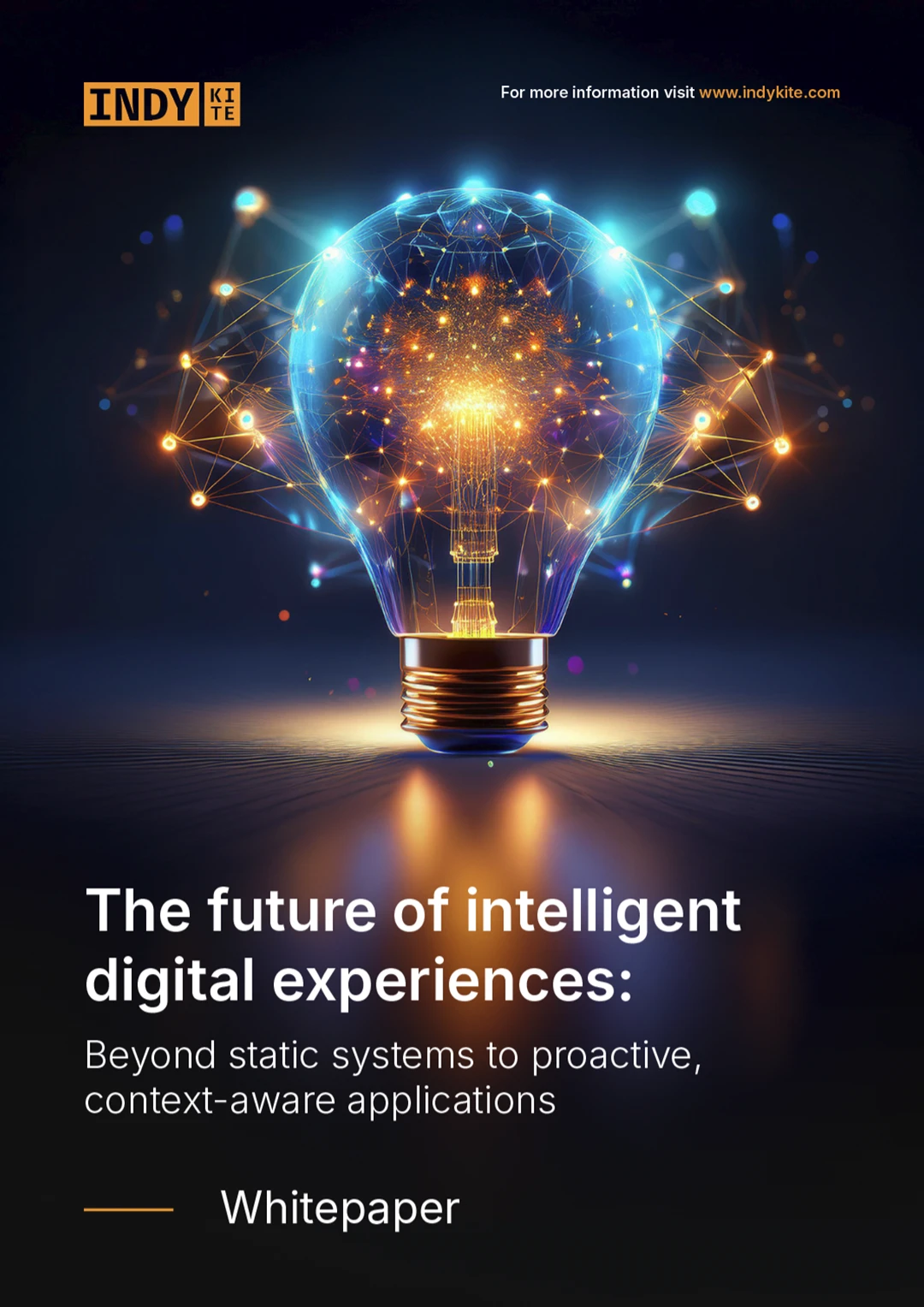There is much to be gained if we start looking at IAM not just for its performative actions (authentication, onboarding, authorization, governance, etc.) but for the data that drives them.
Gartner estimates that by 2025, graph technologies will be used in 80% of data and analytics innovations.
A flexible graph-based data model allows for secure utilization of knowledge to create new services, reduce costs and improve revenue streams. Connecting and enriching each interaction with contextualized data, creates a complex data model, providing a richer understanding but also serves as a springboard for new use cases. It can unlock hidden insights and provide a holistic view of your customer, driving value for your business and building trust with your customers.
Connecting and operationalizing your identity data doesn’t come at the cost of security goals but rather as an extension of them. This data can then serve your customers, given that as we understand more, we have more information to leverage to enhance customer experience, products and offers
When unified with business data into an operational data layer, it can provide significant opportunity for further value and growth.
Identity enabled business cases
Knowing your customer better
Knowing who your customers are, why they are here, and what they need now are critical data points for designing delightful customer experiences, increasing revenue and improving security in customer interactions. By simply knowing more about your customers -by unifying identity data and other customer data collection - you can enable hyper personalized services, or even leverage the mapped connections, such as family or group accounts, third-party authorization or even delegated payment authorization.
Leveraging data for analytics
Possibly the most transformative aspect of connected data for identity is the ability to query the data for insights. An identity-centric graph can provide a whole new level of understanding of your users, systems and IoT devices - how they behave, relate and act together. These insights can be used and integrated to support existing data management tools in use in your organization and/or for machine learning and AI initiatives, recommendations, behavior and use analysis and community detection.
Enhancing the effectiveness and trust of AI
Data is everywhere, but it is not always easy to interrogate the data to understand its origin, age, sensitivity and reliability. The AI surge is forcing a conversation about accessibility to this data information—especially if it is to be leveraged for AI.
A unified identity fabric, complete with context, can capture data provenance and risk attributes for each entity (e.g., human, system, digital product or individual data points)—all without exposing sensitive data. This approach considers each application, digital entity and data point as an "identity" and captures information to support digital trust standards. The data can then be used in tailored AI products and automated tasks with trust while providing the necessary transparency and evidence as to its veracity.
By leveraging information about the data in use, enterprises can identify and rectify potential bottlenecks, inconsistencies or inaccuracies in the data pipeline and therefore enhance the accuracy and effectiveness of the AI product.
How to get started
There are a number of ways to get started with leveraging the value of connected data in an IAM context. Using data engineering principles and creating a data catalog is a necessary first step as it provides an overview of what you are working with. Once you have an overview, you can implement an operational data layer.
The next step is to define your use case. It’s best to start out with a smaller set of data and then build and add more as needed. In the previous article we talked about how graphs can highlight the relationship between entities. Using graph technology you can map the relationships by defining the ontology. Here it is important to focus on your use cases and define the relationships that are required to support your use cases. Once you have mapped out your data and ingested it into a data management tool, you can then leverage the enriched contextualized data to support and enhance your existing IAM functions, and query the data for rich insights and intelligence.
Restricting IAM and associated data to just the performative actions is a major underutilization of a powerful growth enabler.
Learn more about enhancing IAM in the Whitepaper: Improving IAM capabilities with Identity Data Management.
Or continue on to Authorization.
















